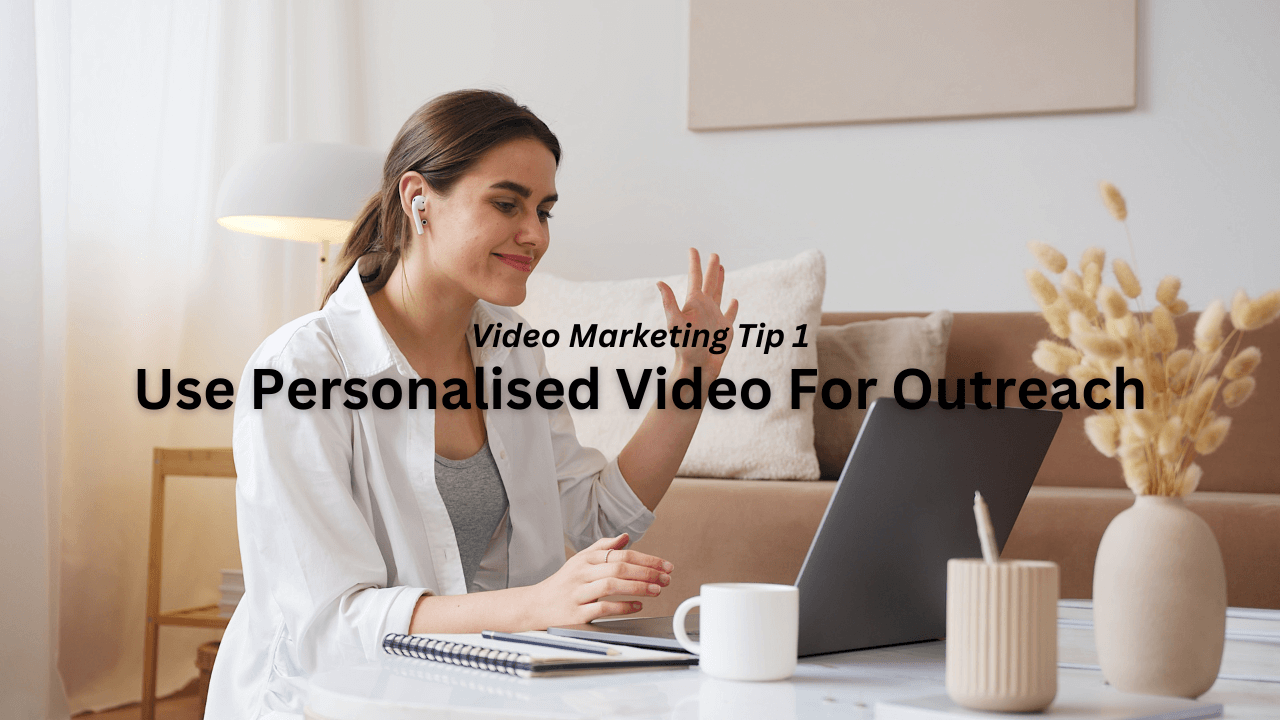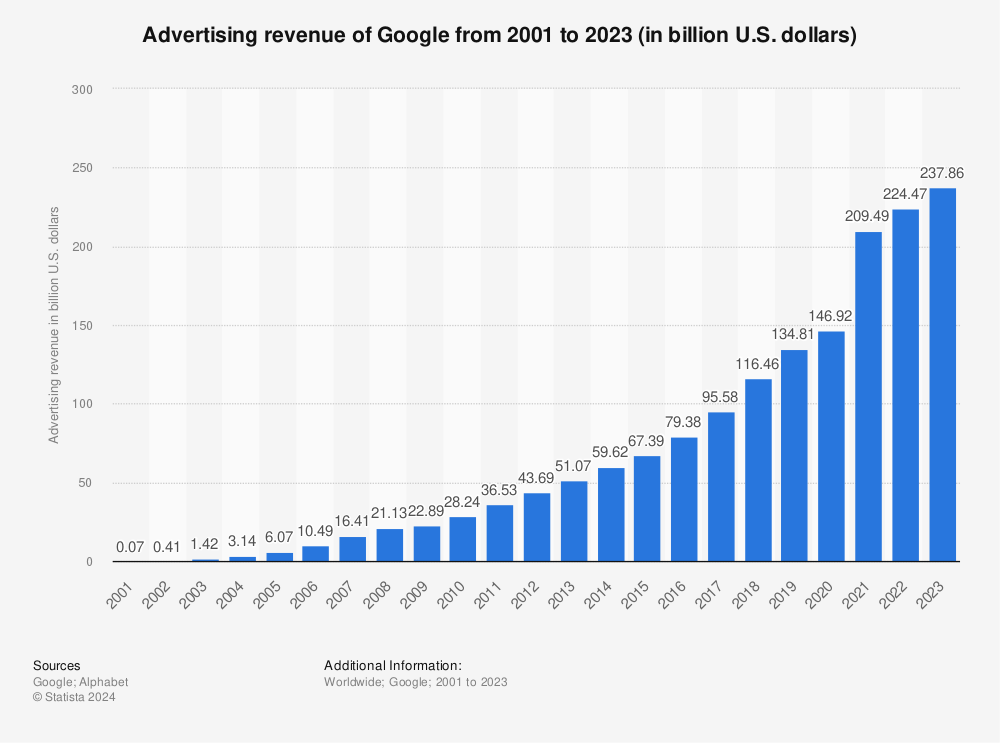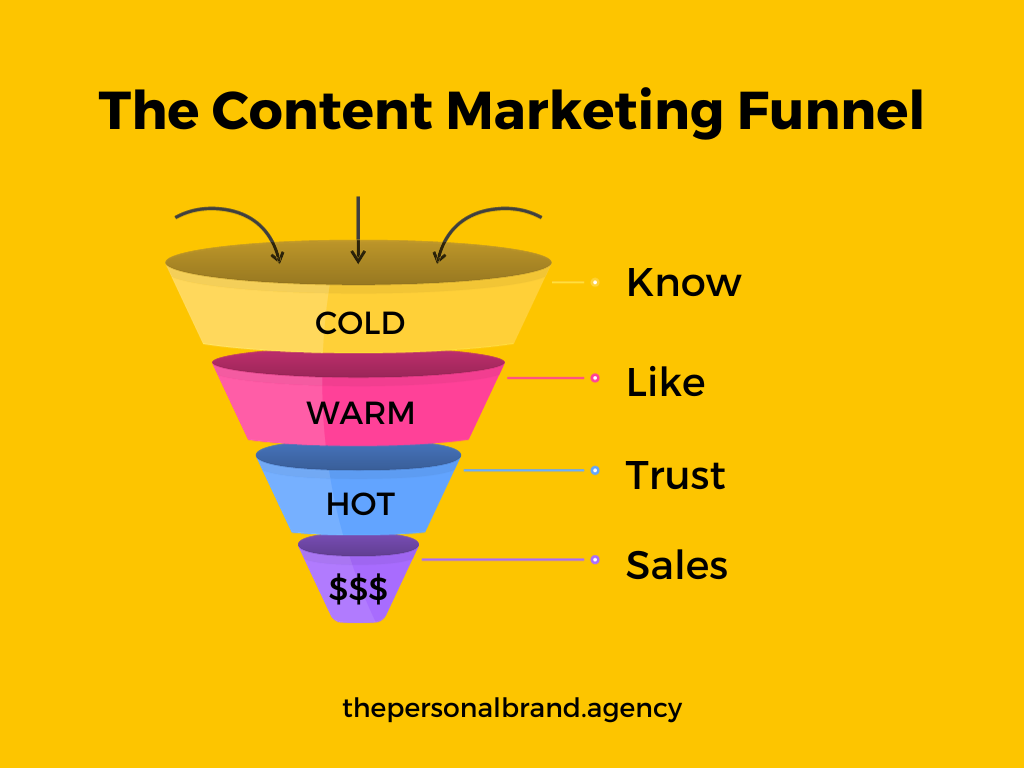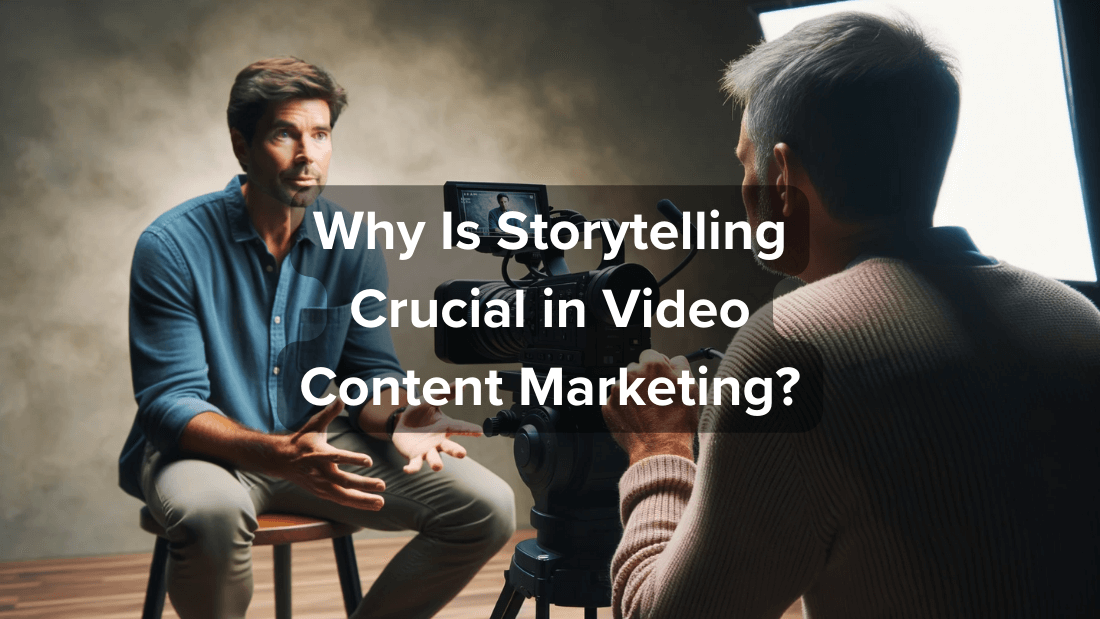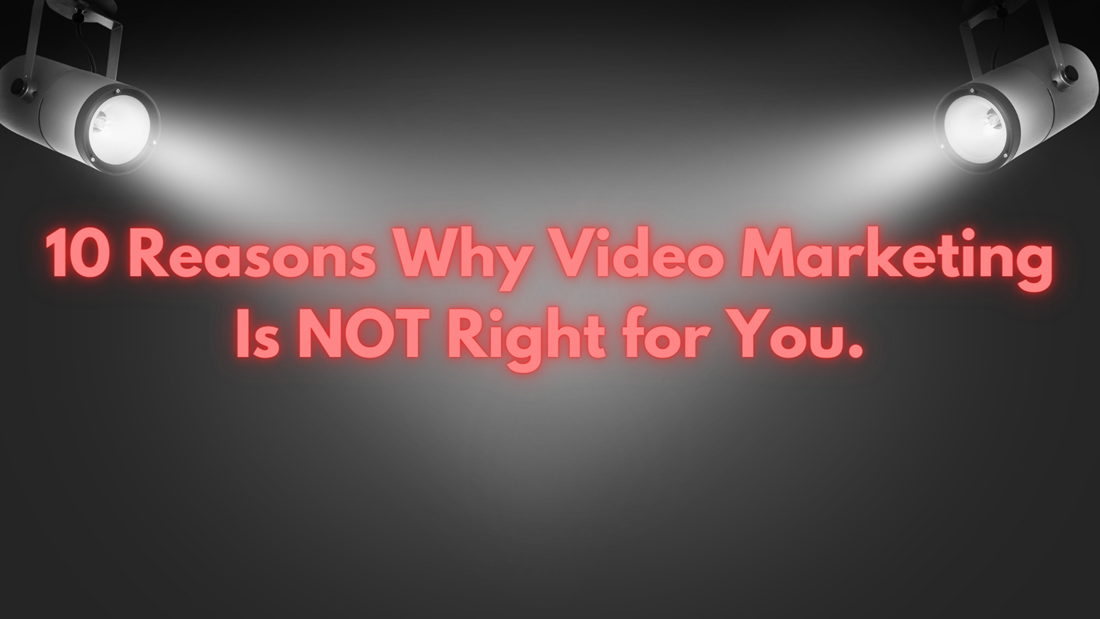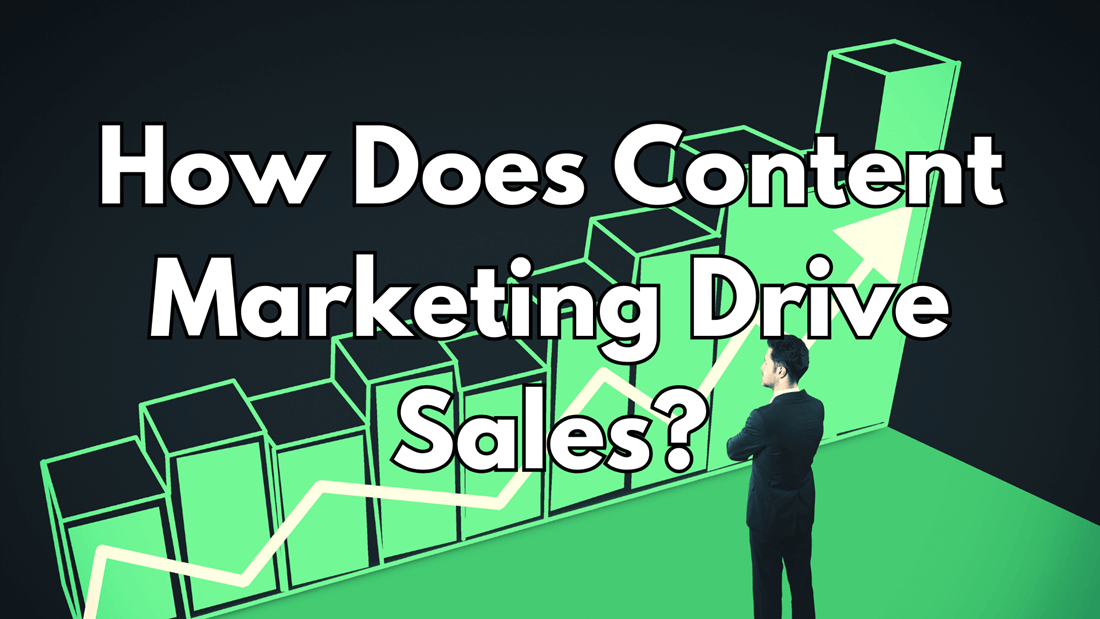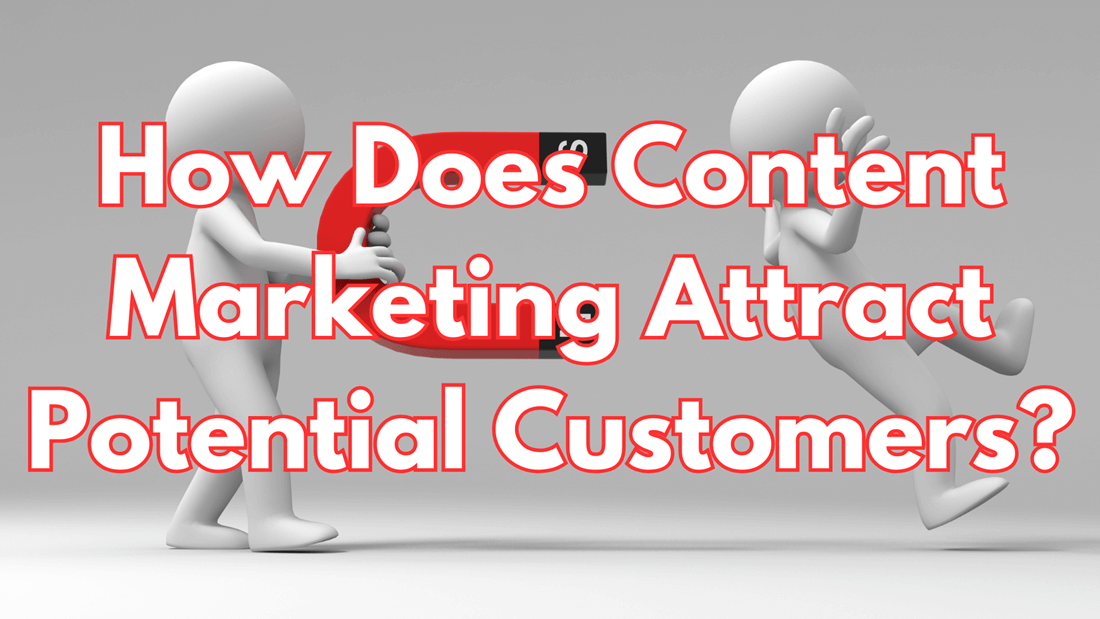Want to supercharge your lead generation efforts with video? First, understand your audience—know their demographics and emotional triggers. Craft compelling stories where your product shines as the hero. Live videos boost community vibe and authenticity, making real-time interaction a trust-builder. Optimize your videos for SEO by using trending keywords and engaging thumbnails. Customer testimonials add authenticity, showcasing real success stories. Interactive content, like quizzes or clickable actions, turns viewers from passive observers into active participants. Measure results with performance metrics to refine your approach. Stick around, and you’ll discover how these techniques can revolutionize your strategy.
Key Takeaways
- Analyse audience demographics to create videos tailored to viewer interests and increase engagement.
- Employ strong storytelling to evoke emotions and connect with the audience, making the brand memorable.
- Optimize video SEO by using relevant keywords, metadata, and engaging thumbnails to boost visibility.
- Utilize live video sessions for real-time interaction, building community trust and showcasing expertise.
- Leverage video testimonials to build credibility and encourage potential customers by showcasing authentic client experiences.
Understanding Your Target Audience
Understanding your target audience is essential for crafting effective video content that resonates and drives lead generation. By analysing audience demographics, you can tailor your videos to match the specific needs and interests of your viewers. This involves delving into viewer preferences to guarantee your content is relevant and engaging. Knowing who your audience is allows you to develop personas that guide your creative process, making your videos more impactful.
To truly connect with your audience, incorporate emotional triggers that align with their values and experiences. This not only captures attention but also fosters a deeper connection, increasing the likelihood of engagement.
Implementing behaviour analysis helps you understand how your audience interacts with your content, providing insights into what works and what doesn’t. This data is invaluable for refining your engagement strategies.
Don’t overlook the power of feedback loops. Encourage viewer feedback and use it to continuously improve your content. This iterative process guarantees your videos remain aligned with the evolving expectations and needs of your audience.
Crafting Compelling Video Stories
A fascinating video story is like a well-crafted tapestry, weaving together elements that engage and inspire your audience. Start with strong storytelling elements that evoke emotional engagement, ensuring your viewers feel something deep and memorable.
Use visual aesthetics to captivate; vibrant colours, compelling imagery, and dynamic motion can transform your narrative into a visual feast that resonates.
At the heart of any great video story is a solid narrative structure. Begin with a gripping introduction, establish relatable characters, and lead them through a journey of conflict resolution that mirrors the challenges your audience faces. This approach not only keeps viewers invested but also strengthens their connection with your brand.
Highlight the transformation or resolution, showing how your product or service can be a hero in their story.
Brand storytelling isn’t just about selling; it’s about creating a genuine audience connection. Develop characters that reflect your brand’s values, and let their stories unfold naturally.
This humanizes your brand and builds trust. When your audience sees themselves in your narrative, they’re more likely to engage and become loyal followers.
Leveraging Live Video Sessions
Moving from crafting compelling video stories to the dynamic world of live video sessions opens up new opportunities for real-time interaction and engagement. Imagine connecting directly with your audience, answering their questions, and responding to comments instantly. This level of live engagement creates a sense of community and trust.
When you host live sessions, you’re not just broadcasting information; you’re inviting your audience into a conversation.
To make the most of live video, focus on authentic audience interaction. Encourage viewers to participate through comments and questions. Make them feel valued by addressing them by name or responding to their input. This personalization boosts engagement and keeps viewers coming back for more.
Also, consider hosting live Q&A sessions or product demonstrations. These formats allow you to showcase your expertise and build credibility.
Don’t forget to promote your live sessions in advance to guarantee a good turnout. Use social media platforms to spread the word and create anticipation.
After your live event, keep the momentum going by sharing highlights or recording for those who missed it. By leveraging live video sessions, you’ll foster deeper connections and generate more leads effectively.
Optimising Videos for SEO
Optimising your videos for SEO is essential if you want to boost visibility and attract more leads. The first step is video keyword research. Dive deep into what your audience is searching for. Use tools like Google Keyword Planner or YouTube’s search bar to uncover trending keywords related to your content.
By pinpointing the right keywords, you can tailor your video’s title, description, and tags to match user intent, making it easier for potential leads to find you.
Once you’ve nailed your keywords, focus on video metadata optimization. This involves crafting a compelling title that not only includes your primary keyword but also entices viewers to click.
Next, write a detailed description packed with relevant keywords and informative content. This helps search engines understand what your video is about, improving its chances of ranking higher. Don’t forget to add tags that accurately reflect your content, further assisting search algorithms.
Lastly, consider creating an engaging thumbnail. While not directly tied to SEO, an eye-catching thumbnail can increase click-through rates, indirectly boosting your video’s search ranking.
With these strategies, you’re well on your way to optimizing your videos for SEO success.
Utilising Video Testimonials
With your videos primed for SEO, it’s time to harness the power of video testimonials to generate leads. Imagine a potential customer watching a satisfied client speak passionately about your product or service. These authentic stories do wonders for trust building and can greatly enhance your brand’s credibility.
When viewers see real people sharing positive experiences, they’re more likely to trust your brand and consider becoming customers themselves.
Video testimonials aren’t just about showcasing happy clients; they’re powerful tools for fostering customer loyalty. When you feature a customer’s story, you’re not only validating their experience but also creating a deeper connection with them. This recognition can turn them into enthusiastic brand advocates who’ll spread the word about your offerings, both online and offline.
To make the most of video testimonials, keep them genuine and concise. Encourage customers to share specific scenarios where your product or service made a difference. This specificity not only strengthens trust but also helps potential customers visualize similar outcomes for themselves.
Creating Interactive Video Content
Interactive video content is a game-changer in the domain of lead generation, transforming passive viewers into active participants. By incorporating interactive elements, you boost audience engagement, making your videos not just watched, but experienced.
Imagine embedding video quizzes within your content. They’re not only fun but also insightful for you, revealing what your audience knows or wants to learn more about. People love to interact, and quizzes provide that perfect opportunity.
Don’t underestimate the power of clickable call to actions. They guide viewers toward your desired outcome, whether it’s signing up for a newsletter or exploring a product page. It’s about creating a seamless journey from curiosity to conversion.
Gamification strategies can elevate this experience further. By turning your content into a game, you captivate viewers, encouraging them to invest time and interest in your brand.
Analysing Video Performance Metrics
As your interactive videos captivate and engage, understanding their impact becomes paramount. By diving into video performance metrics, you gain insights essential for refining your strategy.
Start by examining video engagement to see how viewers interact—is your call-to-action generating clicks, and are viewers engaging with interactive elements? This data tells you what’s working and what’s not, allowing you to tweak content for maximum impact.
Next, focus on audience retention. This metric shows how long viewers stick around. Drop-off points reveal where interest wanes, signalling opportunities for improvement. Are viewers leaving early? That might indicate a need for more compelling content or a better hook at the start.
Don’t ignore the specifics like play rates and completion rates. High play rates suggest effective thumbnails and titles, while completion rates highlight overall satisfaction.
Leverage these insights to adjust your approach, ensuring your videos not only attract leads but also convert them effectively.
Analysing these metrics isn’t just about numbers; it’s about crafting a narrative that resonates. Use the data to tell a story that aligns with your audience’s needs, driving engagement and boosting your lead generation efforts.
Frequently Asked Questions
How Can AI Tools Enhance Video Production for Lead Generation?
You’re wondering how AI tools can boost video production. With AI automation, you streamline editing, while video personalization captivates audiences. You’ll engage leads effectively, making your content more dynamic and tailored to viewer preferences. Give it a try!
What Budget Should Be Allocated for a Video Lead Generation Campaign?
When planning your campaign, do a budget breakdown to identify key areas. Conduct a detailed cost analysis, factoring in production, distribution, and promotion. Prioritize spending to maximize impact, ensuring you’re investing in strategies that generate the best leads.
Are There Legal Considerations When Using Video in Lead Generation?
You’ve got to guarantee copyright compliance and secure consent agreements when using video. Privacy regulations are vital, so protect personal data. Establish clear content ownership to avoid disputes. Steering through these legalities guarantees smoother lead generation success.
How Often Should Video Content Be Updated to Remain Effective?
You should update your video frequency regularly to maintain content relevance. Consistently revitalizing videos every few months keeps them engaging and guarantees they align with current trends, capturing your audience’s attention and reinforcing your message effectively.
What Are Some Common Pitfalls to Avoid in Video Lead Generation?
You should avoid poor lighting and unclear messaging in your videos. They can distract viewers and dilute your message. Make sure your videos are visually appealing and convey a clear, compelling message to effectively capture leads.
Conclusion
You’ve now got a selection of video techniques at your fingertips, ready to turn viewers into leads. By better understanding your audience’s psyche, crafting stories that captivate, and embracing the immediacy of live sessions, you’re setting the stage for success. Don’t forget to sprinkle some SEO magic, leverage testimonials, and make videos interactive. Remember, analysing performance metrics is your compass, guiding your strategy. Now, go forth and let your videos be the siren call that beckons leads.


